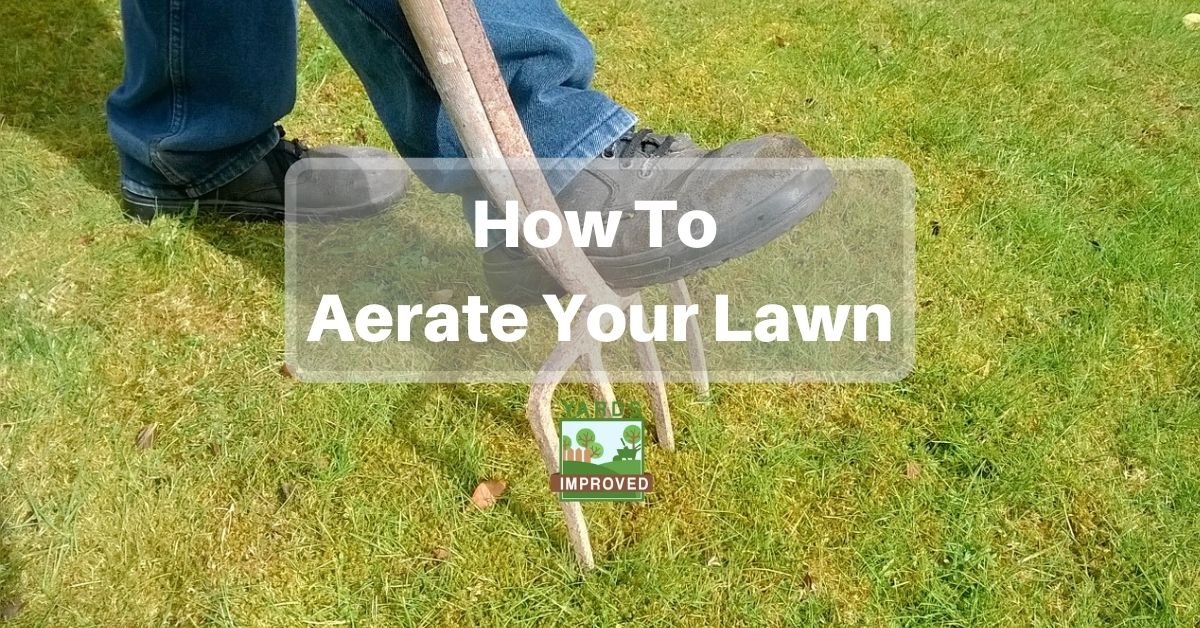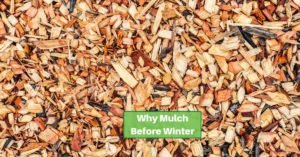No one wants a brown lawn. Having green, lush grass makes a home look so much better. It does take work, though. Grass may seem basic, but it does take work to make sure it stays healthy and beautiful.
There are tasks like watering that need to be done at least a couple times a week. And as long as your lawn is well-watered, you’ll need to mow it every week or two for most of the summer. Less often, but still a few times a year, you’ll need to fertilize the lawn to make sure it has all the nutrients it needs. But you’ll also need to aerate the lawn to make sure air, water, and nutrients are able to reach the roots. You might only need to do it once a year, but it’s still a key to your grass’ health.
Why Aerate?
So it’s important to aerate – but what is this process and what does it do for your grass?
Aeration basically consists of puncturing the ground to a depth of a couple inches. It’s also known as coring since it pulls up a “core sample” of soil as the aerator runs over the ground.
Why is this necessary? Well, it’s a way to counteract the fact that soil has become compacted over time. The dirt settles naturally. Water also helps make it compress. That’s a natural process that’s always going on; there’s no way to stop it.
At the same time, that makes it harder for water and air to move through the soil. That means your grass isn’t getting the resources it needs to stay green and strong.
Aerating the lawn will help break up the soil without need to completely turn over the soil. The latter, of course, would mean starting from zero. But when you aerate, you preserve the lawn and give it new channels for the grass to stay healthy.
It’s usually a good idea to aerate the lawn in conjunction with de-thatching. Together, these two steps help make sure your grass gets all the nutrients it needs.
How To Aerate Your Lawn
There are several different tools you can use to aerate your lawn. Of course, you could also have a professional landscaping firm do it, but where’s the fun in that?
The ideal option is to use a mechanical aerator. For personal use, it’s probably not worth buying one. However, you can usually rent them from a local big box hardware store or a garden shop.
Mechanical Aerator
A mechanical aerator usually has coring spikes. The machine is built like a lawnmower. However, it has a large wheel covered in these spikes so that as it rides along, the spikes penetrate the soil and pull out small cores.
A mechanical aerator is a pretty strong machine since it has to drive these spikes into the ground then pull them up again. That also means you’ll need to be prepared for a bit of a kick when you start it up!
The aerator is self-propelled, so you just have to walk behind and keep it moving in a straight line.
Run the machine in a straight line. Since it actually digs into the soil, you won’t be able to make turns with it. Instead, at the end of a row, release the throttle and pull up the spikes, turn the machine around in a new row, lower the spikes and give it some throttle. You don’t need to overlap rows, either, except maybe by a tire’s width.
Hollow Tine Aerator Fork
There are some reasons you might not want to go for a mechanical aerator. Some yards are too small to make them worthwhile. You might want to get in a lot of extra exercise. Or you might be constrained by the budget. In any of those cases, a hollow-tine fork is your next best option.
This is similar to a garden fork but is designed to pull plugs of soil. There are some forks that offer a variety of tines. You want at least some of the tines to be hollow, though. The effect of coring can’t be underestimated because it really opens up the soil for nutrients to penetrate.
Simply start in a corner and press the fork about four inches deep. Be sure to use your foot to help press it down; this will save you energy! Pull it out, advance a couple inches, and repeat until you’ve covered the whole yard.
Garden Fork
As a last resort, you can use a regular garden fork. However, it’s far from ideal because it doesn’t pull up cores of soil. While it does create holes in the soil, it ends up compacting the soil inside the hole more rather than breaking it up.
If you’re stuck, you can use this but the effect isn’t going to be nearly as great as using a method that allows for coring.
You can use the same method you would for a hollow-tine fork. Again, it can be a long, slow process but a mechanical aerator may be too big for the smallest yards, and hollow-tine forks are sometimes difficult to find.
When To Aerate
The best time to aerate is when the grass is growing at its peak levels. For cool-weather grasses, that is usually early spring. For warm weather grasses, it’s late spring. You want to allow the grass to repair itself after you’ve pulled the soil plugs.
You should also take the type of soil you have into account. Sandy soil compacts less and allows the freer flow of water and nutrients. If that’s what you have, you may only need to aerate every two or three years.
If you have soil with a higher clay content, though, aerating every year is the best choice. This soil compacts more quickly and needs more help to stay loose and open.
A core aerator – whether it’s mechanical or a hollow-tine fork – works best with drier soil. When the soil is wet, it tends to slip right out of the tine and refill the hole, which defeats the whole purpose. So you should normally wait until the soil is somewhat dry before aerating.
Conclusion
Aerating your lawn is a key factor in keeping it healthy. Even though it only needs to be done once a year or even less often, it’s an important way to make sure you grass is getting the nutrients it needs. Using a mechanical aerator is definitely the most effective and fastest way to get the job done, but a hollow-tine fork can also do the job. Don’t neglect your aeration so that you can have a full, rich lawn every year!









